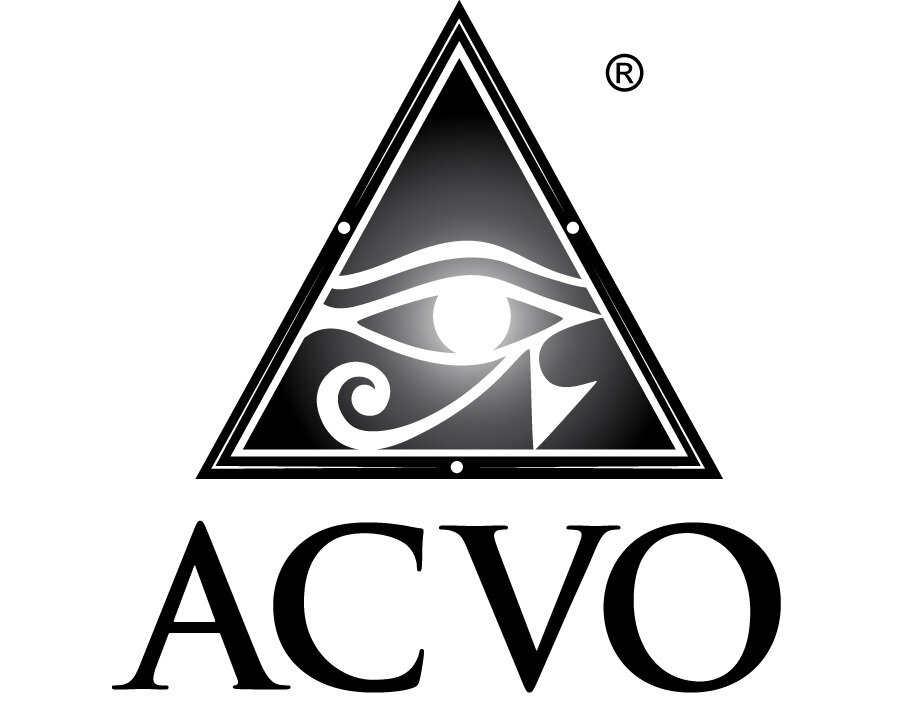Enucleation
Enucleation
Jaycie Riesberg, DVM, DACVO
An enucleation is the surgical removal of an eyeball. An enucleation can feel like an intimidating procedure for most owners. Enucleations are typically recommended if your pet’s eye is very painful (due to glaucoma, corneal perforation, ruptured globe, etc.), or if there is a tumor inside of the eye. Your veterinarian or veterinary ophthalmologist may recommend an enucleation if they feel your pet’s ocular pain is affecting their quality of life.
An enucleation is performed under general anesthesia, requiring your pet to be intubated (placing an endotracheal tube inside of the trachea). A primary care veterinarian will sometimes be able to perform this procedure. Other times, an ophthalmologist is recommended depending upon the needs of your individual pet. The eyeball is carefully removed, and then the orbit and skin are sutured closed. Sometimes, an orbital implant can be placed to reduce the risk of a concavity (slight depression) after surgery. If there is an infection, tumor, advanced dental disease, or other concerns, an orbital implant may not be offered in order to prevent surgical complications and pain. In this scenario, typically a few months after surgery, a concavity will form at the surgery site. This is purely cosmetic.
Enucleations may also be recommended in large animals. Horses (for similar reasons as small animals) will often need an enucleation to resolve a chronically painful eye. As with small animals, most horses do well with one eye. This surgery can sometimes be done as a standing procedure to avoid general anesthesia in your horse. Horses can also receive orbital implants to prevent concavity after surgery (as seen in Image B).
The majority of owners report a positive outcome after enucleation. Previous studies and follow up questionnaires have reported high success rates, with owners noticing a significant improvement in their pet’s quality of life after surgery.

